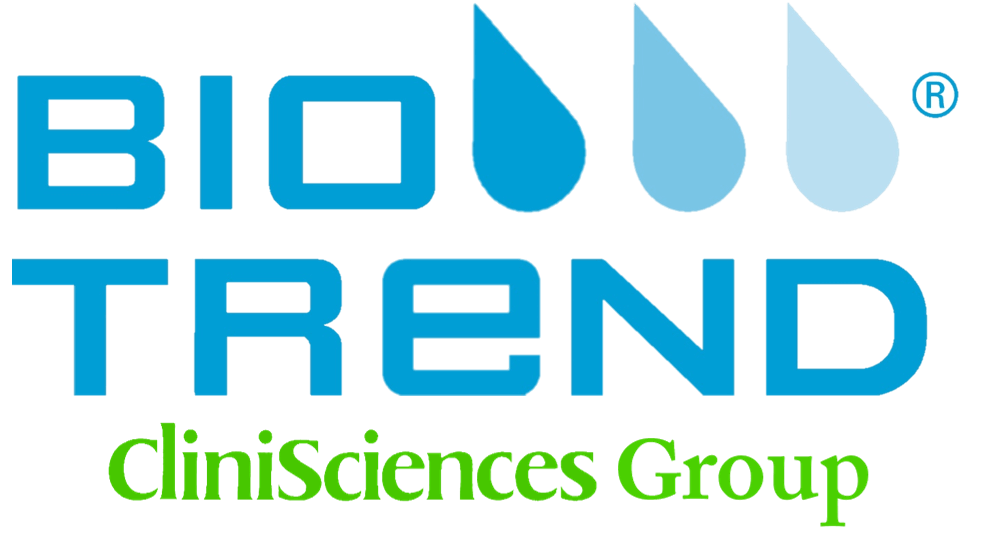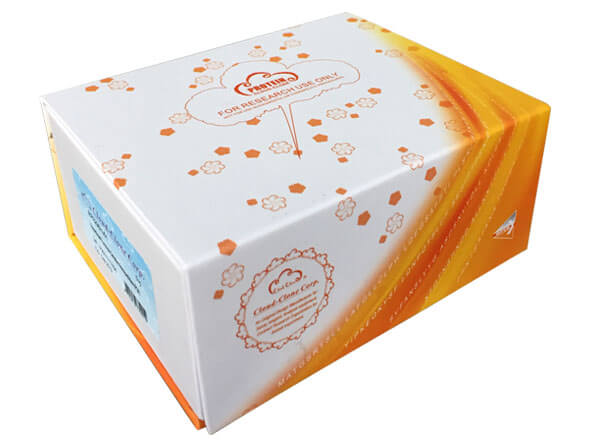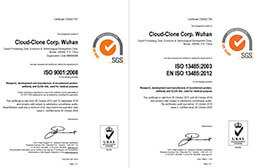Active Tumor Necrosis Factor Beta (TNFb)
Cat# APA134Hu01-10ug
Size : 10ug
Brand : USCN
Active Tumor Necrosis Factor Beta (TNFb)
LT; LTA; TNF-B; TNFSF1; Tumor Necrosis Factor Ligand Superfamily Member 1; Lymphotoxin Alpha
- Product No.APA134Hu01
- Organism SpeciesHomo sapiens (Human) Same name, Different species.
- Buffer FormulationPBS, pH7.4, containing 0.01% SKL, 5% Trehalose.
- TraitsFreeze-dried powder
- Purity> 97%
- Isoelectric Point9.3
- ApplicationsCell culture; Activity Assays.
- Download Instruction Manual
- UOM 10µg50µg 200µg 1mg 5mg
ACTIVITY TEST of the Active Tumor Necrosis Factor Beta (TNFb)

TNF-β, a member of the tumor necrosis factor family, is a potent lymphoid factor that exerts cytotoxic effects on a wide range of tumor cells. The biological effects of TNF-β are very similar to TNF-α, due to the similarity of molecular structure and the receptors. As reported, TNF-β could inhibit the proliferation and induce necrosis of A549 cells, and the concentration of IL-1β in cell supernatant will increase after stimulation. Therefore, A549 cells were incubated in DMEM with TNF-β (10ng/mL) for 8h, 24h, 48h, 72h, then cells were observed by inverted microscope and IL-1β was detected in the cell supernatant by ELISA .
Cell necrosis after incubation with TNF-β(10ng/mL) for 72h was shown in Figure 1.

The production of IL-1β after incubation with TNF-β (10ng/mL) for 8h is shown in Table 1.
USAGE of the Active Tumor Necrosis Factor Beta (TNFb)
Reconstitute in 10mM PBS (pH7.4) to a concentration of 0.1-1.0 mg/mL. Do not vortex.
STORAGE of the Active Tumor Necrosis Factor Beta (TNFb)
Avoid repeated freeze/thaw cycles. Store at 2-8°C for one month. Aliquot and store at -80°C for 12 months.
STABILITY of the Active Tumor Necrosis Factor Beta (TNFb)
The thermal stability is described by the loss rate. The loss rate was determined by accelerated thermal degradation test, that is, incubate the protein at 37°C for 48h, and no obvious degradation and precipitation were observed. The loss rate is less than 5% within the expiration date under appropriate storage condition.






